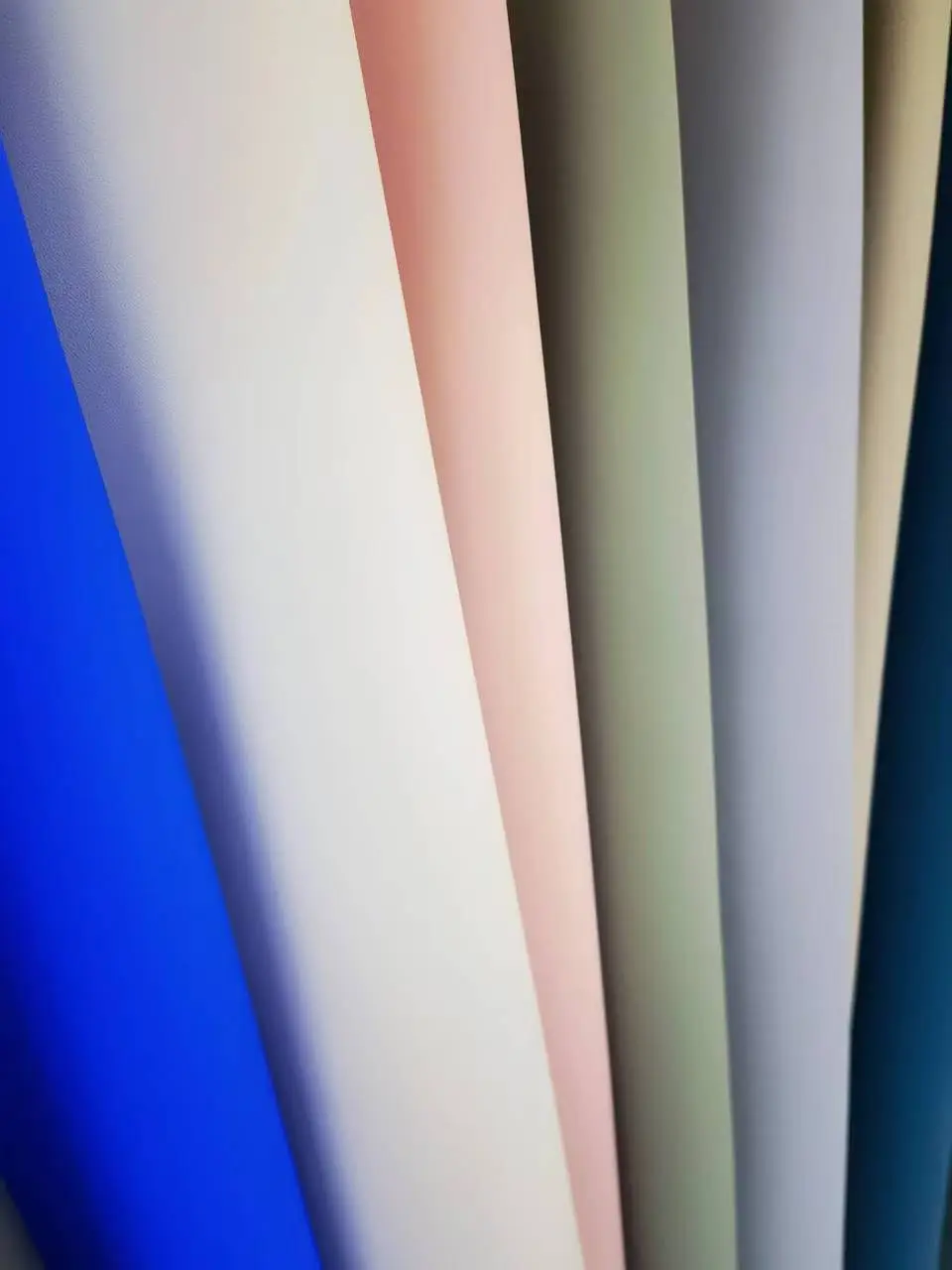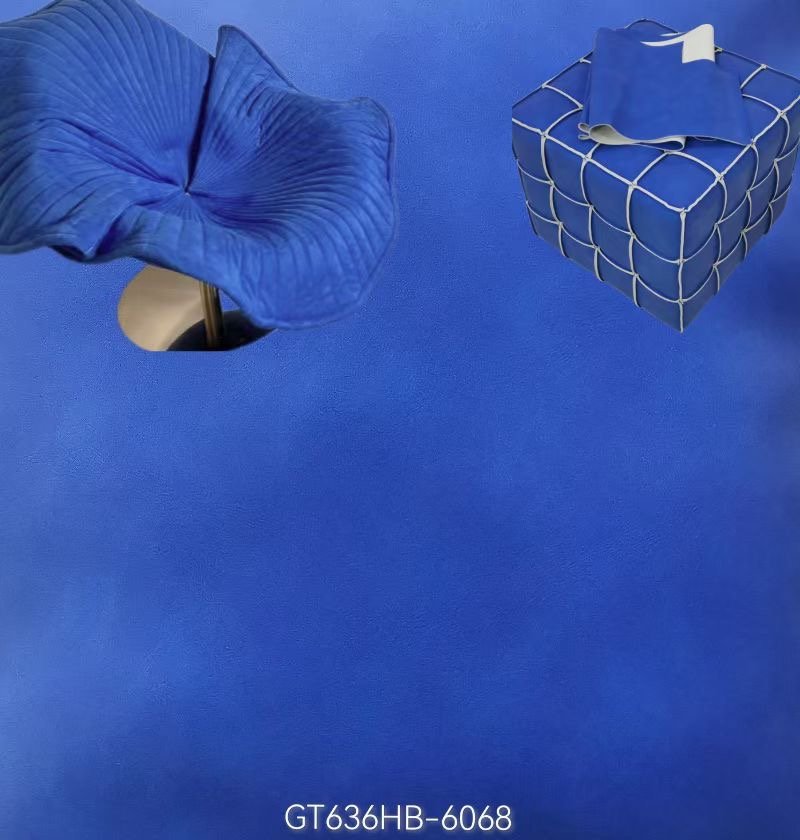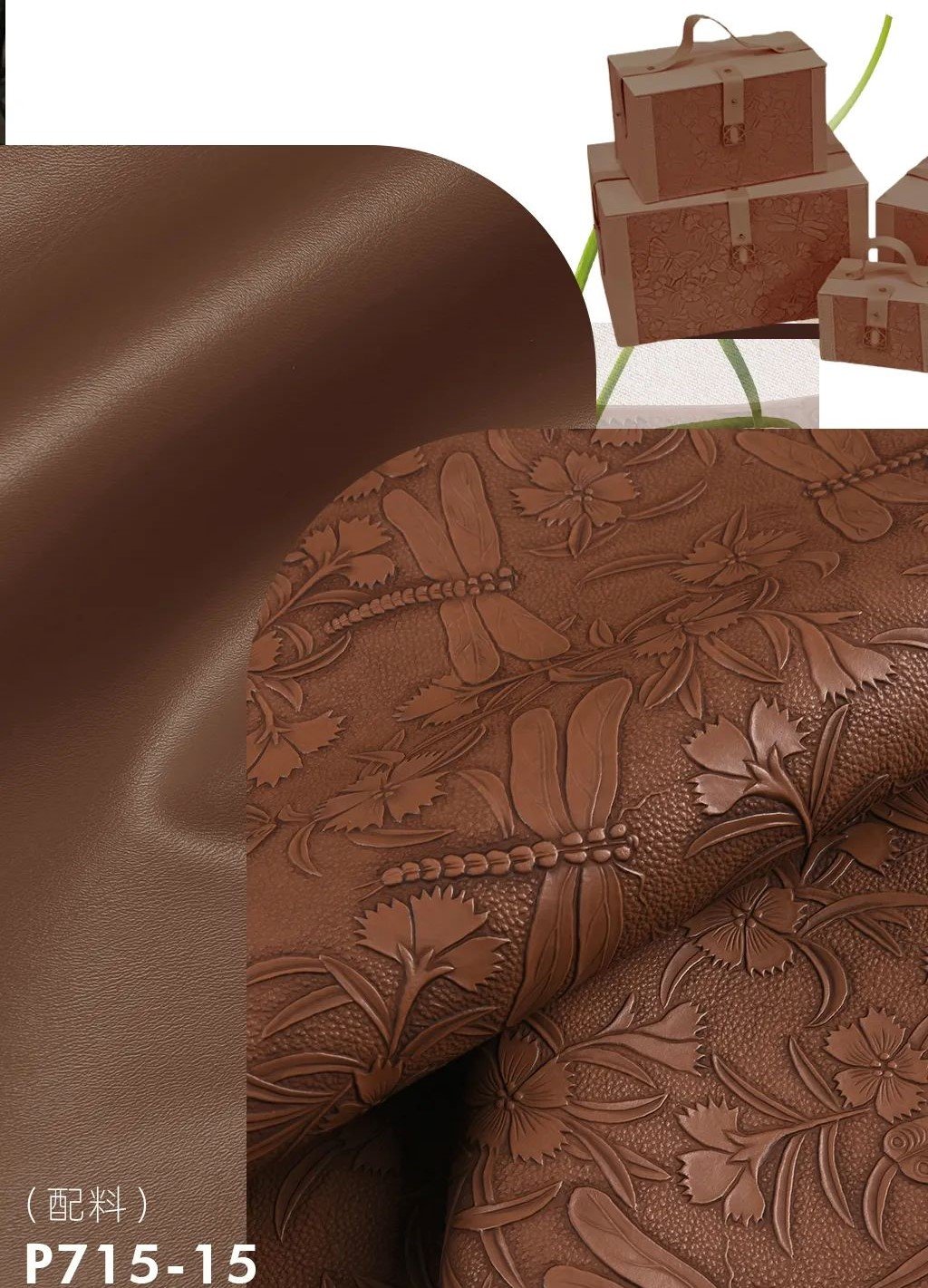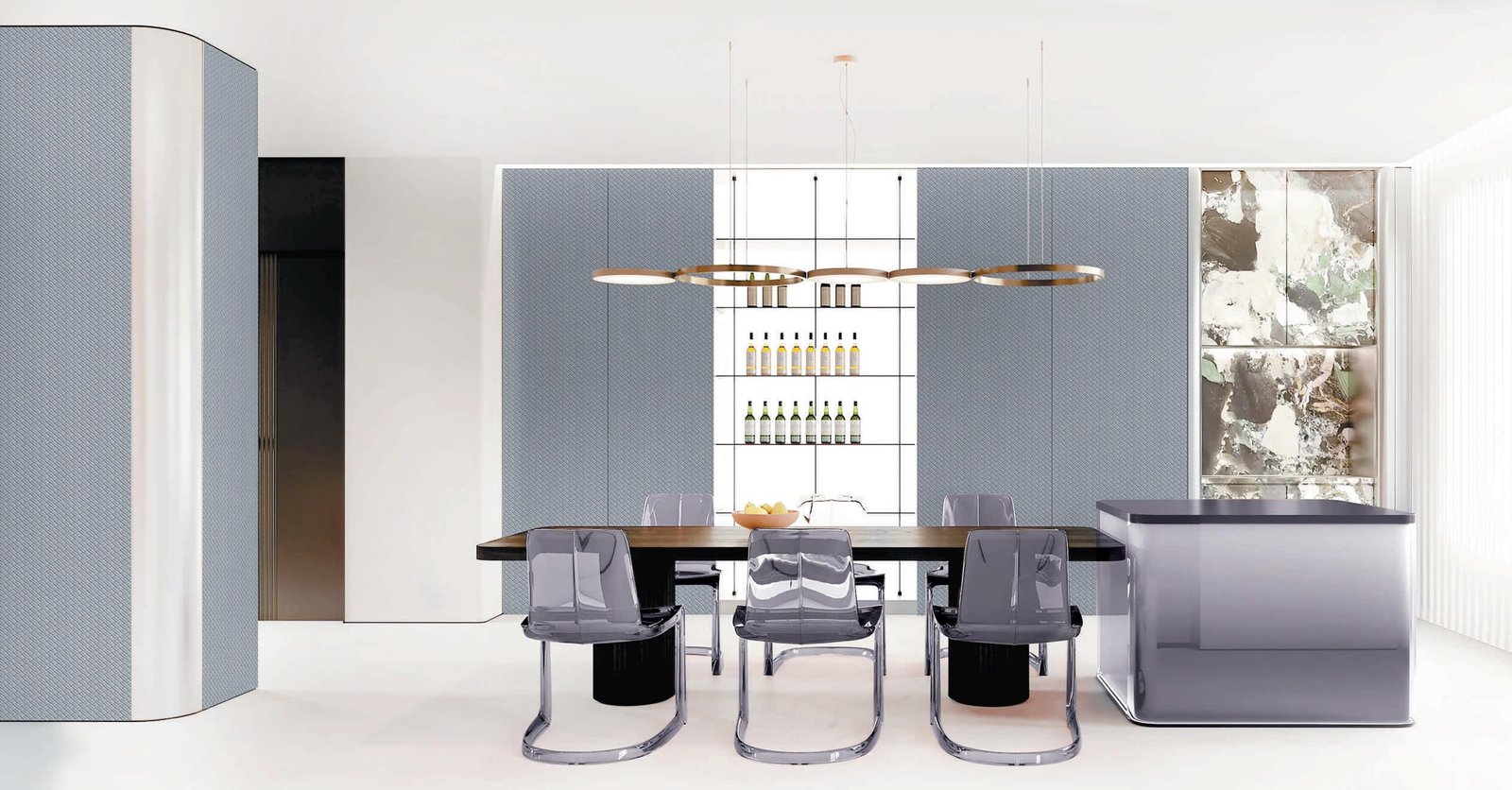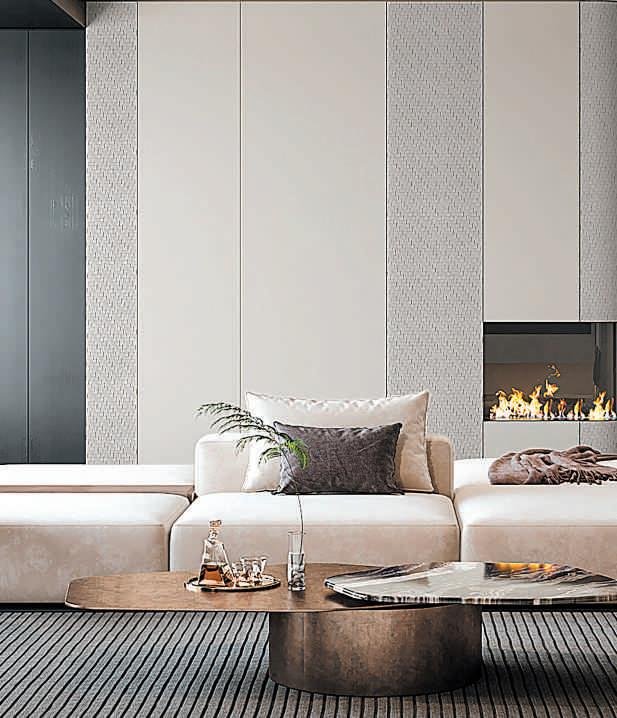Color has always been the heartbeat of design. In furniture showrooms, marine interiors, automotive seating, or fashion accessories, the right shade of synthetic leather can turn a simple product into a statement piece.
As 2026 approaches, seven standout colors are shaping the future of eco friendly leather, upholstery fabric, and interior fabrics. Each tone tells a story of sustainability, performance, and style—all while meeting modern demands for #Solvent Free, #No VOC, and #Reach & Rosh Compliant materials.
Let’s dive into the top seven shades set to dominate the year ahead.
Lilac Purple: Soft Luxury with a Modern Edge
Lilac purple brings sophistication wrapped in serenity. Designers are embracing this hue for upholstery leather in hospitality spaces and high-end boutiques. It’s elegant without being overpowering.
In my own experience working on a lounge project, swapping traditional beige seating with lilac synthetic leather transformed the mood instantly—guests described the space as “fresh yet classy.”
 Best Applications:
Best Applications:
Furniture leather for hotels and spas
Interior fabrics for boutique retail
Accent panels in coated fabrics for automotive interiors
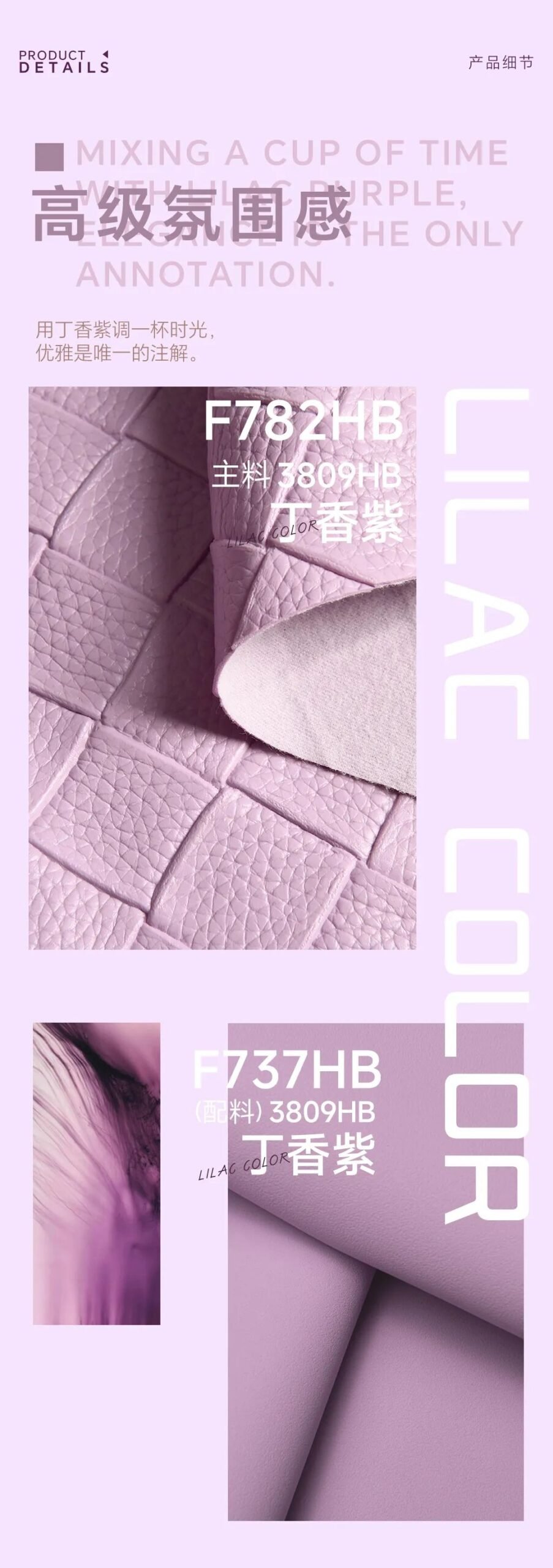
Synthetic Leather
Caramel Brown: Timeless WarmthFew shades feel as versatile as caramel brown. It blends the natural feel of leatherette with the durability of synthetic leather.
This shade works seamlessly across industries, from classic sofa sets to luxury car seats. It’s the perfect middle ground—rich enough for premium markets, yet neutral enough to match diverse palettes.
Best Applications:
Eco leather for sustainable furniture brands
Vinyl fabric for automotive interiors
Upholstery fabric in residential and office spaces
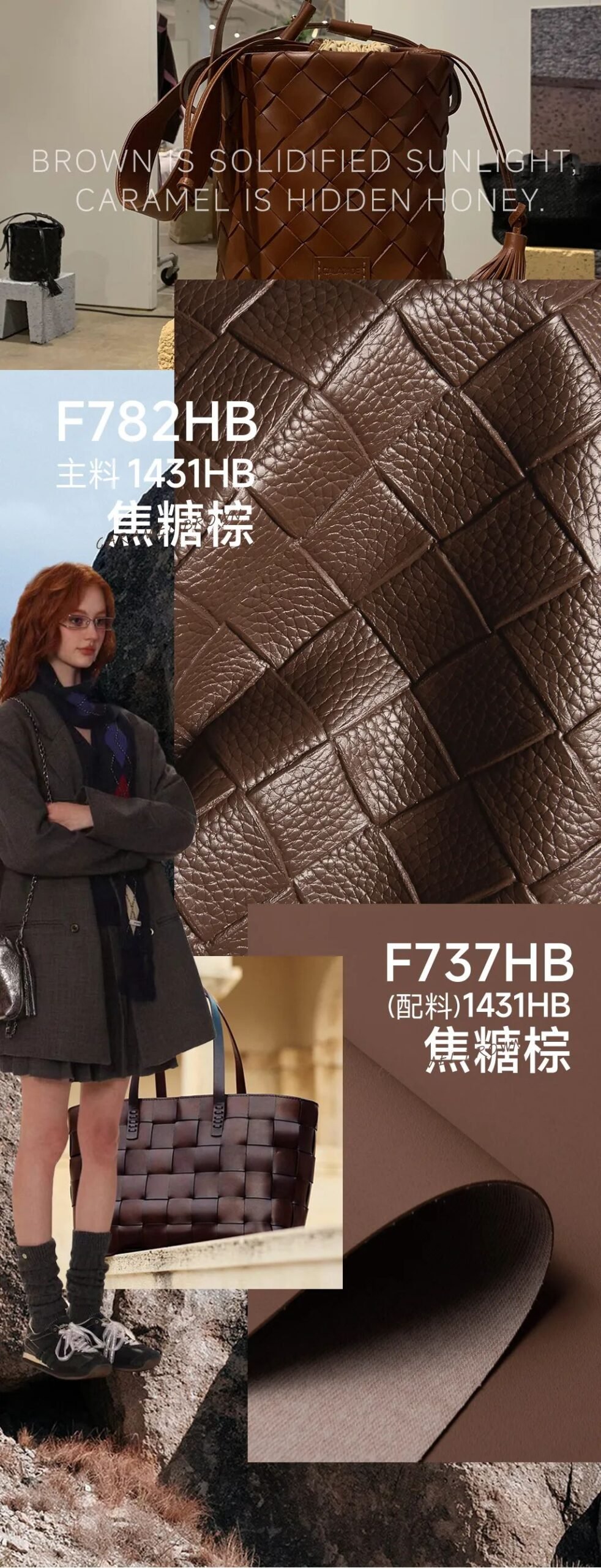
Mint Green: A Fresh Breath of Nature
2026 is leaning heavily into wellness-inspired tones, and mint green leads the charge. This pastel shade communicates freshness and health—ideal for healthcare projects where #Anti-Stain and #Resistant to medical alcohol wipes features matter most.
I once walked into a clinic lobby upgraded with mint-green faux leather seating. Patients commented on how calming the space felt. A small color change, yet a huge shift in perception.
 Best Applications:
Best Applications:
Coated textile for hospitals and clinics
Furniture leather in wellness resorts
Synthetic fabric for yacht interiors
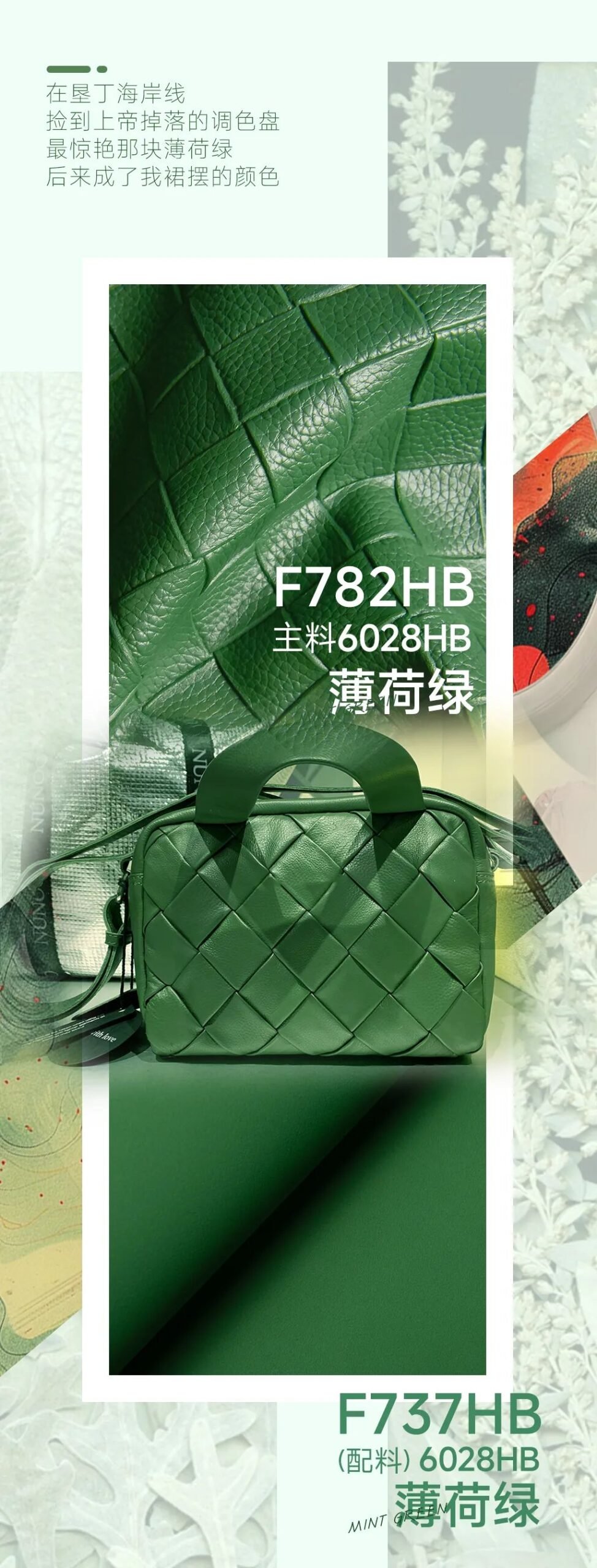
Orange: Bold, Energetic, and Unmissable
Few colors inject energy like orange. This vibrant hue is rising in popularity for vegan leather furniture lines targeting younger audiences. It screams optimism and creativity.
In co-working spaces, orange imitation leather chairs create the perfect backdrop for innovation-driven environments.
 Best Applications:
Best Applications:
Eco friendly leather for modern office seating
Faux leather for pop-up retail design
Coated fabrics for vibrant transport interiors

Rose Red: Passion and Confidence
Rose red is making a comeback. Unlike traditional crimson, this shade is warmer and more approachable, offering a touch of luxury without intimidation.
I collaborated on a restaurant design where rose red synthetic leather banquettes became the Instagram star—customers couldn’t resist snapping a photo.
 Best Applications:
Best Applications:
Upholstery leather for restaurant and bar seating
Vinyl or artificial leather for fashion accessories
Statement furniture in eco leather
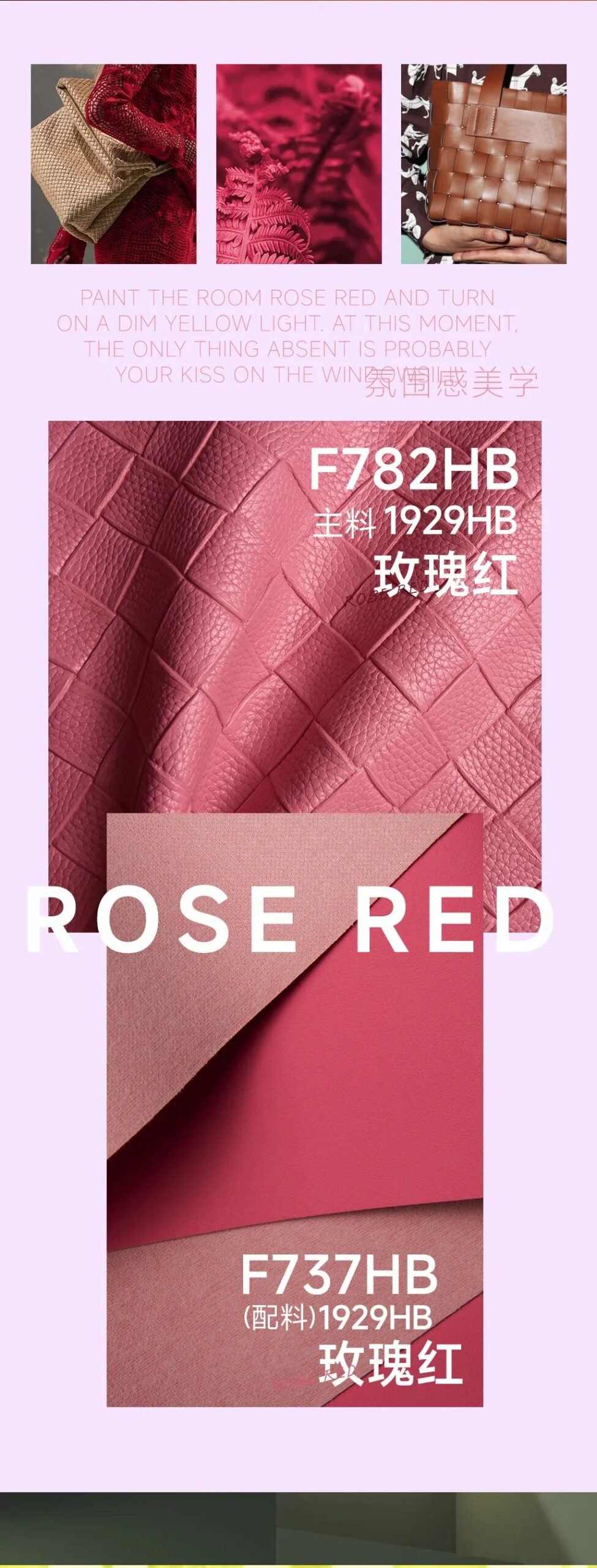
Bright Yellow: Joy in Every Corner
In 2026, yellow isn’t shy—it’s bold and optimistic. Designers love pairing this shade with coated fabrics and leatherette for children’s furniture, schools, and creative studios.
Bright yellow also benefits from modern features like #UV Resistance and #Anti Yellow, ensuring it stays radiant for years.
 Best Applications:
Best Applications:
Synthetic fabric for playful interior projects
Furniture leather for kids’ products
Eco leather for educational institutions
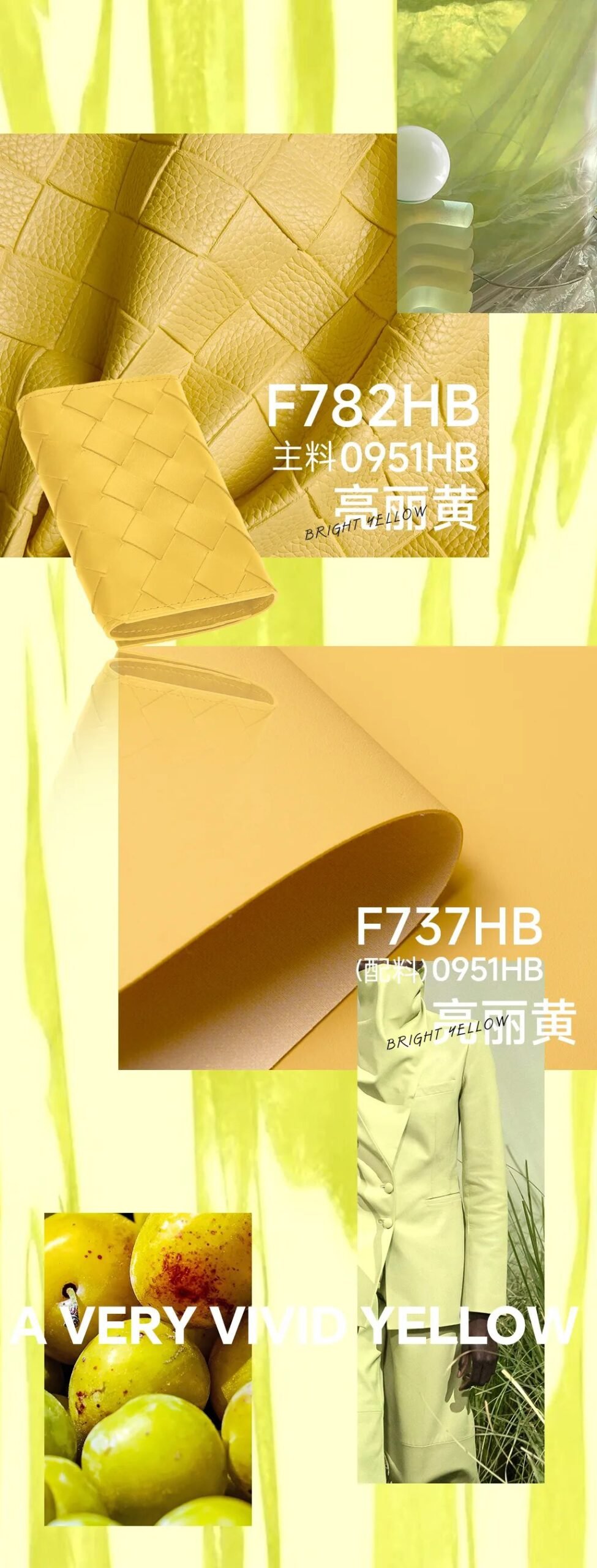
Sapphire Blue: Depth and Stability
Last but not least, sapphire blue anchors the 2026 palette. It represents trust, intelligence, and calm authority. This makes it a natural fit for corporate interiors, marine projects, and luxury residential spaces.
I once toured a yacht outfitted in sapphire blue vegan leather seating. The combination of deep blue tones with water views was unforgettable.
 Best Applications:
Best Applications:
Coated textile for marine upholstery
Upholstery fabric in executive offices
Artificial leather for statement home décor pieces
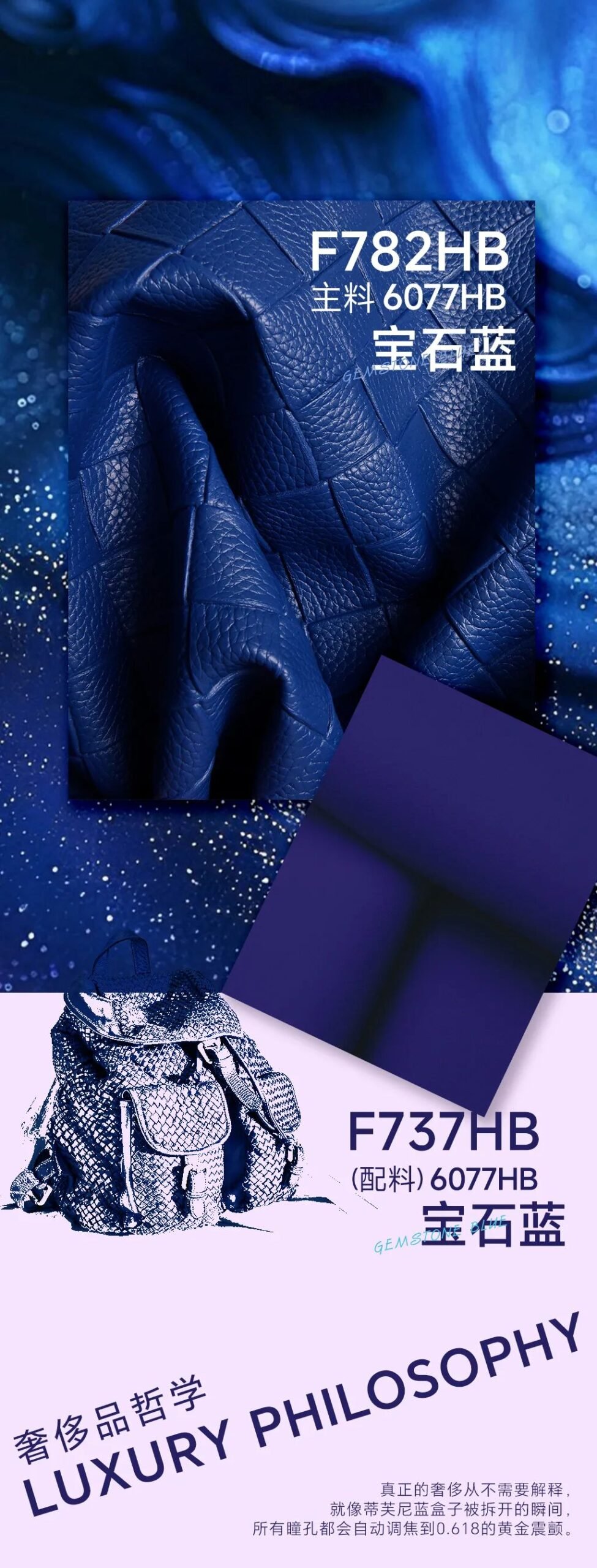
Why These Colors Work in Synthetic Leather
The rise of these seven shades is no accident. They align with macro design trends:
Wellness and sustainability (Lilac, Mint, Yellow)
Luxury and timelessness (Caramel, Rose Red, Sapphire Blue)
Energy and optimism (Orange)
Combined with synthetic leather technologies—like #Hydrolysis Resistance 10 Years, #High Abrasion Resistance, #Water Resistant & Sweat Proof, and #Cold Resistance—these colors aren’t just beautiful, they’re built to last.
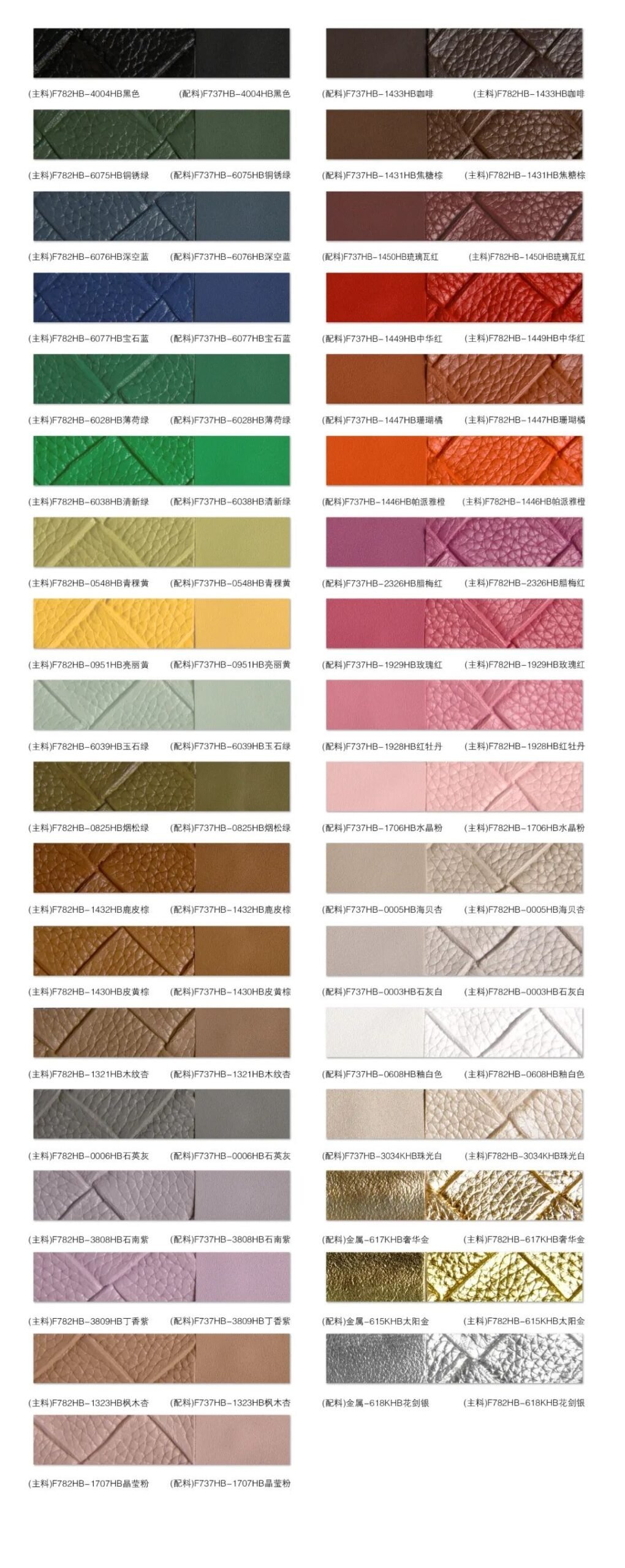
Industry Insights
Furniture & Interior Design: Expect to see more bright and pastel tones replacing traditional neutrals, especially in wellness-driven projects.
Automotive & Marine: Blue and brown remain staples, but mint and orange are gaining ground as accent tones.
Healthcare & Education: Safe, odorless, and compliant eco leather in calming colors like mint and lilac will see strong demand.
Summary
Colors tell stories. In 2026, Lilac Purple, Caramel Brown, Mint Green, Orange, Rose Red, Bright Yellow, and Sapphire Blue will define the design narrative across industries.
Whether you’re working with eco friendly leather, upholstery leather, or coated fabrics, the blend of safe materials (#Non-toxic, #Formaldehyde-Free, #No VOC, #Odorless) and inspiring colors ensures your projects not only look stunning but also feel right.
The future of synthetic leather is colorful, compliant, and endlessly customizable.

